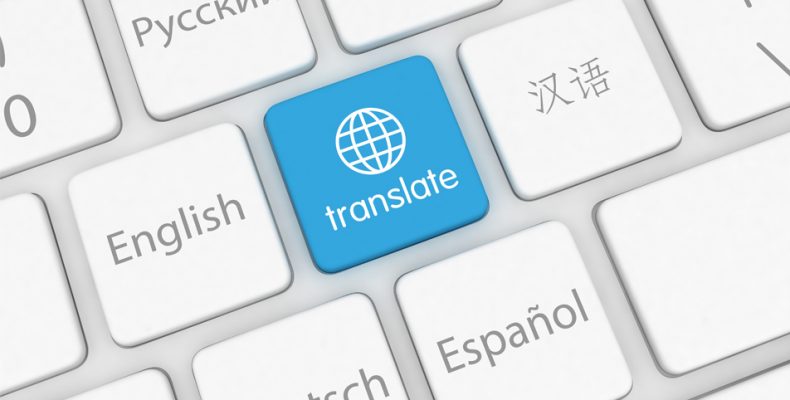Translation — it’s a style thing!
We all have our own way of using language and our own preferences. We also use different styles of language to communicate with different people. While we mostly accept this premise, it can sometimes be difficult to distinguish between “correctness”and “preference”. This often causes unnecessary problems, linguistic arguments and frustration. To ensure that you receive the translation style you prefer, it’s vital to trust the linguistic expertise being offered. Work closely with the translation provider, this will ensure that the final text is the appropriate for your business objective.
Tone and register
You will achieve your desired result by communicating clearly what you require, to your translation supplier. It sounds obvious enough, but this simple approach is often not followed and can cause problems and frustration in later stages.
It’s also important to remember that we use different styles when writing documents. An email to your mother might use a different tone than an email to your boss! The style you use to write copy, depends on who the document is addressed to. For example, the tone will be different for customers, senior management, distributors or press. QuickSilver’s team of translators is very aware of this, and factor other elements into their work (e.g. a formal vs. more informal register).
Consistency
Every translation project needs to address the issue of translating technical terms, product descriptions, or sentences which come up more than once in the same context. It’s important that translators use the same terms to describe your products, and your message, across your documentation. QuickSilver makes use of glossaries as well as Translation Memories. We use these databases to record how segments were translated in the past, and “remind” the translator when they come up again.
Accuracy
Thanks to our state-of-the-art translation software and stringent review process, QuickSilver can guarantee accuracy and consistency in all of the translations we undertake for you. Your internal reviewer will, we hope, assist us with that! As your review process is also essential to the quality of the finished product. Contact us for a free consultation!
Further reading:
But never forget: the ultimate judges of quality are your readers, who should be able to read the translated text as effortlessly as those who read the original. Attaining that result is the ultimate benchmark of a successful translation process.

